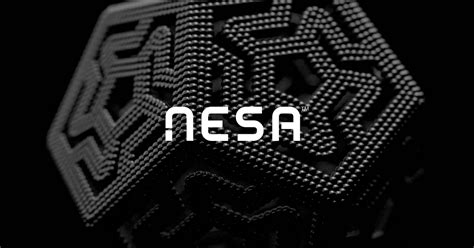Risks of Autonomous AI Decisions in Financial Markets
The Increasing Use of Artificial Intelligence (AI) in Financial Markets Has Brought About a New Era of Efficiency and Accuracy. However, the potential risks of autonomous ai decisions are significant. In this article, we will explore the Various Risks associated with autonomous ai decision-making in the context of financial markets.
1. Lack of Transparency
Autonomous AI Systems Rely On fixed amounts of historical data to make informed decisions. Without human intervention or oversight, it can be challenge to understand how these machines arrived at their conclusions. This Lack of Transparency Makes It Difficult for Regulators and Investors to Assess The Risks and Potential Consequences of Autonomous AI Decisions.
2. Bias and Errors
AI Systems are only as good as the data they are trained on. If the training data is biased or incopplete, the system may perpetuate thesis biases, leading to incorrect decisions. Furthermore, ai algorithms can be prone to errors due to their reliance on complex calculations and data processing. These Errors can have significant consequences in financial markets, where accuracy is paramount.
3. Complexity
Autonomous AI Systems Can Process fixed Amounts of Data at Incredible Speeds, Making Them Ideal for Tasks Like Credit Scoring and Risk Assessment. However, this complexity also makes it challenge to interpret the results. AS A Result, Regulators and Investors May Struggle to Understand How Autonomous AI Decisions Affect Financial Markets.
4. Interdependence
Financial Markets Are Highly Interconnected, With Different Assets And Instruments Influencing Each Other’s Prices. Autonomous AI Systems Can Make Decisions That Have UnintendeDed CONSEQUESS in these Interdependent Markets. For Example, an AI-Driven Algorithm Might Prioritize One Asset about Another Based On Incorrect Assumptions about its Market Dynamics.
5. Limited Human Judgment
While Autonomous AI Systems Can Process Fixed Amounts of Data Quickly, They Often Lack the Human Judgment and Critical Thinking Skills Required to Make Informed Decisions. This limitation can lead to biases in decision-making and a failure to adapt to changing market conditions.
6. Cyber security risks
Autonomous AI Systems are vulnerable to cyberattacks and data breaches, which can compromise their accuracy and reliability. If an autonomous AI System is compromised or exposed, its decisions may be maliciously altered, leading to unintended consequences in financial markets.
7. Regulatory Challenges
As the use of autonomous ai in financial markets continues to grow, regulators will need to adapt to new challenges and risks. One of the Main Concerns Will Be Ensuring That Autonomous AI Systems Comply With Existing Regulations and Standards.
8. Unintended CONSEQUESS
Autonomous AI Decisions Can Have Unintended Consquencies on Financial Markets, Such As Amplifying Market Volatility Or Creating Asset Asset Bubbles. For Example, an AI-driven algorithm might prioritize one asset about another based on incorrect assumptions about its market dynamics, leading to a surge in prices of that asset.
Conclusion
While autonomous ai has the potential to revolutionize financial markets, it also poses significant risks and challenges. AS Regulators, Investors, and Market Participants, We Must Work Together to Address These Concerns and Ensure That Autonomous Ai Decisions Are Made With Caution and Oversight. By doing so, we can harness the power of ai while mini -miniing its risks and maximizing its benefits in the context of financial markets.
Recommendations

- Develop Transparent and Explainable AI Algorithms : Ensure that ai Systems are designed and trained to provide clear explanations for their decisions.
2.